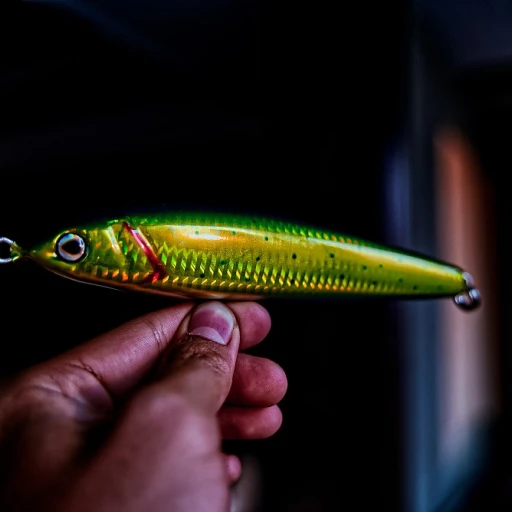
Understanding the diversity of tuna species
The remarkable variety of tuna
Tunas are a diverse and intriguing group of fish, with each species exhibiting unique characteristics and habits. There are 15 species of tuna, and this wide array captivates fishing enthusiasts, marine biologists, and seafood lovers alike.
Though often recognized through popular species like bluefin tuna and yellowfin tuna, the tuna family is much larger. Each species presents its own set of challenges and rewards for anglers and brings distinct flavors and textures to the table.
Rare gems like the southern bluefin tuna can weigh over 500 lbs and fetch impressive prices at markets, especially in regions like Japan and Australia. Their conservation status, however, raises concerns, highlighting the delicate balance between fishing and sustainability.
Bluefin tuna, one of the most iconic species, is highly revered in culinary circles, especially for sashimi and sushi. Thanks to its intense flavor and high fat content, it’s a favorite among chefs. Yet, its populations are at risk, pushing bodies like the International Commission for the Conservation of Atlantic Tunas (ICCAT) and the Commission for the Conservation of Southern Bluefin Tuna to implement stricter regulations.
An often overlooked species is the albacore, which is popular in canned tuna products. Known for its white meat, albacore tuna provides a milder and lighter flavor, cherished by those who prefer less oily fish.
Fishing regulations and conservation efforts are crucial to maintaining tuna populations. Organizations like NOAA and the Inter-American Tropical Tuna Commission work tirelessly to set quotas and boundaries, trying to prevent overfishing and ensure these magnificent creatures continue to thrive.
The mighty bluefin tuna
The prowess of bluefin tuna
Bluefin tuna isn't just any fish; it's the heavyweight champion of the tuna arena. There are three primary species of bluefin: Atlantic (Thunnus thynnus), Pacific (Thunnus orientalis), and Southern (Thunnus maccoyii). Each of these beasts has unique characteristics but what unites them all is their incredible size and strength. Atlantic bluefin tuna can grow up to 13 feet in length and weigh as much as 2,000 pounds. Such dimensions not only make them formidable in the ocean but also a prized catch for fishermen. The largest Atlantic bluefin tuna ever caught weighed 1,496 pounds and was captured off the coast of Nova Scotia in 1979 (NOAA).Pacific bluefin tuna generally don't grow to quite the same size but they are still impressive, often reaching lengths of 10 feet and weights of up to 1,200 pounds. These fish mainly navigate the waters of the Pacific Ocean but are most commonly caught off the coasts of Japan and the United States. Japanese fishermen have a long history of catching these fish, which are highly valued in sashimi and sushi markets. Southern bluefin tuna, while also large, rarely reach the sizes of their Atlantic cousins. They are typically found in the Southern Hemisphere's temperate oceans, including the waters around Australia and New Zealand. The largest Southern bluefin tuna are about 8 feet long and can weigh up to 570 pounds. Both Australia and New Zealand have significant fisheries dedicated to catching these tunas, but there are concerns about the population's sustainability and overfishing. The global market for bluefin tuna is lucrative, pushing prices to dizzying heights, particularly for the Atlantic and Pacific species. A single Pacific bluefin tuna was once sold for $3.1 million at a Tokyo auction in 2019 (BBC News), showcasing the extraordinary value and demand for this species. In contrast, the population of Southern bluefin tuna is endangered, prompting strict fishing regulations by the Commission for the Conservation of Southern Bluefin Tuna (CCSBT).Despite their commercial value, bluefin tuna face threats from both legal and illegal overfishing. Conservation efforts by international bodies like the International Commission for the Conservation of Atlantic Tunas (ICCAT) and the Inter-American Tropical Tuna Commission (IATTC) aim to ensure that bluefin tuna populations remain sustainable. Key tactics include setting catch limits, closing fishing areas during spawning seasons, and implementing advanced monitoring to prevent illegal fishing practices. The mighty bluefin tuna, with its iconic blue-dark body and powerful fins, remains a cornerstone of marine biodiversity and cultural culinary traditions. While their future is uncertain, ongoing conservation efforts offer a glimmer of hope for these oceanic titans.Yellowfin tuna: the ocean's speedster
Yellowfin tuna: the ocean's speedster
Yellowfin tuna, known scientifically as Thunnus albacares, are legends among the fishing community. These sleek, fast swimmers are an angler's dream, zipping through the ocean at breakneck speeds. With their bright yellow dorsal and anal fins, they are the Ferraris of the sea.
Weighing in at often over 400 pounds, yellowfin tuna can reach lengths of up to 8 feet. They're found in tropical and subtropical waters across the globe, primarily in the Pacific, Atlantic, and Indian Oceans. Due to their migratory nature, these fish travel vast distances, making them a challenging and exciting catch.
Responsible fishing practices for yellowfin tuna have become increasingly important. Overfishing and juvenile catch pose significant threats to their populations. Organizations like the Inter-American Tropical Tuna Commission (IATTC) and the National Oceanic and Atmospheric Administration (NOAA) are actively working to enforce regulations and provide data-driven guidance to preserve this species.
Yellowfin tuna are prized for their firm, flavorful meat, often enjoyed fresh, grilled, or in sushi and sashimi. Their commercial value is immense, with global landings reaching over 1.5 million metric tons annually, according to the United Nations Food and Agriculture Organization (FAO).
The speed and strength of yellowfin tuna have made them a favorite for sport fishing, particularly in the U.S. and other coastal nations. Tales of epic battles between man and fish are common in fishing communities around the Gulf of Mexico and off the coasts of Japan and Australia.
Despite their abundance, the yellowfin tuna's future depends on continued conservation efforts and responsible fishing practices. For fishing enthusiasts, understanding and supporting sustainable practices ensures that these magnificent fish remain a source of excitement and nourishment for generations to come.
Albacore tuna: the white meat delicacy
Albacore tuna: the white meat delicacy
Albacore tuna, known scientifically as Thunnus alalunga, is a prized catch among anglers and a beloved choice for canned tuna lovers due to its firm texture and mild flavor. This species, often referred to as 'white meat tuna,' stands out for its lighter and milder meat compared to other tuna species.
Albacore tuna are highly migratory fish found in the temperate and tropical waters of the Atlantic, Pacific, and Indian Oceans. NOAA reports they can grow up to 140 centimeters (4 feet 7 inches) in length and weigh as much as 60 kilograms (about 132 pounds). These fish are known to have long pectoral fins that sometimes extend beyond their body length, easily distinguishable from other tunas out there.
Albacore tuna have an exceptional ability to regulate their body temperature, an advantage that allows them to thrive in various oceanic conditions. They are deep-water swimmers, usually found at depths ranging from 50 to 600 meters (approximately 165 to 1,970 feet), making them a target for both sport and commercial fishing.
However, the albacore tuna population has faced significant threats due to overfishing. The International Commission for the Conservation of Atlantic Tunas (ICCAT) has implemented various management measures to ensure the sustainability of albacore stocks. These efforts seem to be working, as recent assessments have shown a slow but steady recovery in certain regions.
One notable aspect of albacore tuna fishing is its connection to controversies regarding bycatch, particularly of dolphins and other marine species. Different organizations, such as the Inter-American Tropical Tuna Commission (IATTC) and the Indian Ocean Tuna Commission (IOTC), have enacted regulations to minimize bycatch and encourage sustainable fishing practices.
Albacore tuna's white, flaky meat is a favorite for gourmet dishes and is often found in high-quality canned products labeled as 'solid white' or 'chunk white' tuna. These products are popular in both the U.S. and Europe, providing a significant portion of the market for canned tuna. Proponents of canned albacore argue its nutritional benefits, highlighting its high protein content and healthy omega-3 fatty acids, making it a staple in many households.
As we journey through the fascinating world of tuna species, it’s clear that each type offers unique characteristics and challenges. Next, we’ll delve into the realm of the deep-diving bigeye tuna, a species that has intrigued scientists and anglers worldwide.
Bigeye tuna: the deep diver
Dazzling in the depths: bigeye tuna
When it comes to deep-sea dwellers among the tuna family, the bigeye tuna certainly stands out. Known scientifically as Thunnus obesus, this species is a powerhouse capable of diving to remarkable depths in search of cooler temperatures and food. Their distinctive large eyes are an adaptation that aids their vision in the dark, pressure-filled waters of the ocean deeps.
Bigeye tuna can usually be found in tropical and temperate waters of all the world's major oceans, including the Atlantic, Pacific, and Indian Ocean. NOAA fisheries reports show they are most abundantly located in the central and western Pacific Ocean. They can grow up to 8 feet long and weigh over 400 pounds.
Research by the NOAA indicates that these tunas are highly migratory, often traveling thousands of miles. Due to their deep-diving behavior, bigeye tuna generally avoid surface fishing gears like longlines, making them challenging to catch. They're often found at around 500 meters or below. The International Seafood Sustainability Foundation (ISSF) also stresses the importance of well-managed conservation efforts to protect the species from overfishing.
The bigeye's flavor is incredibly distinct from other tunas, primarily due to their higher fat content that comes with dwelling in colder, deeper waters. Sushi lovers often prize bigeye tuna for the taste and texture. These unique characteristics could fetch higher market prices—and these fish are commonly found in high-end sashimi and sushi restaurants. One of the notable bigeye tuna landed was recorded at 240.19lb in the IGFA tackle records. However, the species is considered overfished, and conservation efforts are ongoing by bodies like the International Commission for the Conservation of Atlantic Tunas (ICCAT).
If you find yourself intrigued by the majestic varieties of tuna like the bigeye, don't miss the majestic bluefin, the swift yellowfin, and the savory albacore—all of which offer their own unique take on what dinner from the sea should look like!
Skipjack tuna: the most abundant
Skipjack tuna: abundance in a small package
When we talk about skipjack tuna (Katsuwonus pelamis), we’re diving into the realm of the most widely caught and consumed species of tuna. With their slender bodies and striped patterns, skipjack tunas are pretty recognizable and account for about 58% of the world’s canned tuna production. These guys are typically found in tropical and warm-temperate waters, spanning across the Atlantic, Pacific, and Indian oceans.
Skipjack tuna are quite the speedsters, reaching lengths up to 3 feet and weighing around 10–25 pounds typically. While not the heaviest contenders in the tuna family, their swarming prowess makes them a staple in commercial fishing operations. They have a predilection for forming dense schools, often mixing with yellowfin and juvenile bigeye tunas.
This species dominates the shelves of every supermarket due to its accessibility and massive catch volumes. The skipjack’s rapid growth and reproductive cycles ensure a steady supply, but this abundance does come with a catch—literally. Overfishing concerns have led organizations like the Inter-American Tropical Tuna Commission to push for stringent fishing quotas and methods to manage the balance.
One can’t ignore the famed International Commission for the Conservation of Atlantic Tunas (ICCAT), which also regulates skipjack tuna fisheries to prevent stock depletion. Moreover, collaborations with institutions such as NOAA in the U.S. and regional fisheries management bodies are vital for ensuring sustainable harvesting practices.
But here’s the thing—skipjack tuna also plays a significant role in the realm of sport fishing. Anglers appreciate their fighting spirit and fast runs, making them a favorite in tournament circuits. The Western Central Pacific Fisheries Commission and bodies like the American Tropical Tuna Commission are always keeping an eye on catch records to promote balanced fishery practices and protect these vibrant marine warriors.
While the skipjack tuna may not boast the grandeur and size of their bluefin counterparts, they remain crucial to both commercial and recreational fishing sectors. Their presence in the global seafood market as canned tuna highlights the essential intersection between economy and ecology, ensuring proper management is a must for preserving their populations.
Southern bluefin tuna: a conservation concern
Conservation challenges facing southern bluefin tuna
Southern bluefin tuna (Thunnus maccoyii) are a unique species, predominantly found in the waters surrounding Australia, New Zealand, and the southern parts of the Indian Ocean. They are renowned for their impressive size, with some individuals growing up to 8 feet in length and weighing over 500 pounds. Known for their dark blue backs and silvery-white underbellies, these fish are prized for their flesh, making them a highly sought-after target for commercial and recreational fishing.
However, the population of southern bluefin tuna has faced significant overfishing pressures. According to a report by the Commission for the Conservation of Southern Bluefin Tuna (CCSBT), the species was classified as critically depleted in the early 2000s, with spawning biomass declining to as low as 5% of its original size.
In response, the CCSBT has implemented a series of stringent catch quotas and management measures aimed at allowing the population to recover. These efforts include setting a global Total Allowable Catch (TAC) and distributing quotas among member countries. Since these measures were enforced, there have been some positive signs of recovery. For instance, the spawning biomass of southern bluefin tuna has shown an upward trend, albeit still far below safe biological levels.
One of the notable conservation stories involves the partnership between the Australian government and the tuna industry. Through voluntary reporting, tagging programs, and seasonal fishing closures, stakeholders have worked together to better manage tuna catches and protect spawning grounds. As noted by
Despite these efforts, challenges remain. Illegal, Unreported, and Unregulated (IUU) fishing continues to threaten southern bluefin tuna stocks, complicating conservation initiatives. Furthermore, climate change and changing ocean conditions add another layer of uncertainty to the species' recovery. According to a study published in the journal Frontiers in Marine Science, shifts in ocean temperature and currents could impact the distribution and abundance of southern bluefin tuna, requiring adaptive management strategies.
In conclusion, while there have been strides towards the conservation of southern bluefin tuna, ongoing collaboration among international bodies, governments, and the fishing industry is crucial. Continued vigilance and enforcement of fishing regulations, coupled with adaptive management to address climate change impacts, will be key to ensuring that future generations can continue to marvel at this magnificent species.
Tuna fishing regulations and conservation efforts
Current regulations for sustainable tuna fishing
Tuna fishing isn't just about the thrill of the catch; it's also about responsible practices and abiding by regulations that help maintain tuna populations worldwide. Various international and national bodies have stepped up to ensure that these magnificent fish don't disappear from our oceans.The International Commission for the Conservation of Atlantic Tunas (ICCAT) plays a significant role, especially for species like the Atlantic Bluefin Tuna. ICCAT employs several measures such as catch quotas, fishing seasons, and size limits to ensure sustainable populations. They also focus on research and data collection to enhance their conservation strategies.
Meanwhile, the Western and Central Pacific Fisheries Commission (WCPFC) governs the central and western Pacific Ocean. They specifically target species like the Pacific Bluefin and Yellowfin Tuna. The WCPFC sets limits on the number of vessels, imposes seasonal bans, and monitors compliance through satellite tracking and fishing logbooks.
On the local level, countries like Japan, New Zealand, and the U.S. also have stringent regulations in place. For example, the National Oceanic and Atmospheric Administration (NOAA) in the U.S. monitors and controls tuna fishing activities within its jurisdiction. They've implemented strict guidelines on gear types and have designated specific harvesting seasons.
NOAA's Tuna Tracking and Verification Program ensures that tuna sold in the U.S. meets national standards. Verification includes aspects like ensuring that the tuna hasn't been caught using driftnets in the Pacific Ocean, thereby protecting other marine life.
The Commission for the Conservation of Southern Bluefin Tuna (CCSBT) focuses explicitly on Southern Bluefin Tuna. The highly migratory nature of this species makes international cooperation crucial. The CCSBT uses a quota system and a uniquely tagged identification method to track every Southern Bluefin caught globally. They've also set up strict penalties for illegal fishing practices.
Lastly, the Inter-American Tropical Tuna Commission (IATTC), which governs the Eastern Pacific Ocean, puts significant emphasis on conservation through research. Their regulations include prohibitions on fishing around specific fish aggregating devices (FADs) to reduce juvenile tuna catch.
Each of these organizations relies heavily on data and scientific research to set their guidelines. They also depend on international cooperation, without which the task of saving tuna populations would be insurmountable.
All these efforts create a responsible environment for tuna fishing, ensuring that future generations can continue to enjoy these incredible fish. These measures also support the livelihoods of fishing communities and the global economy by maintaining a stable supply of this valuable resource.

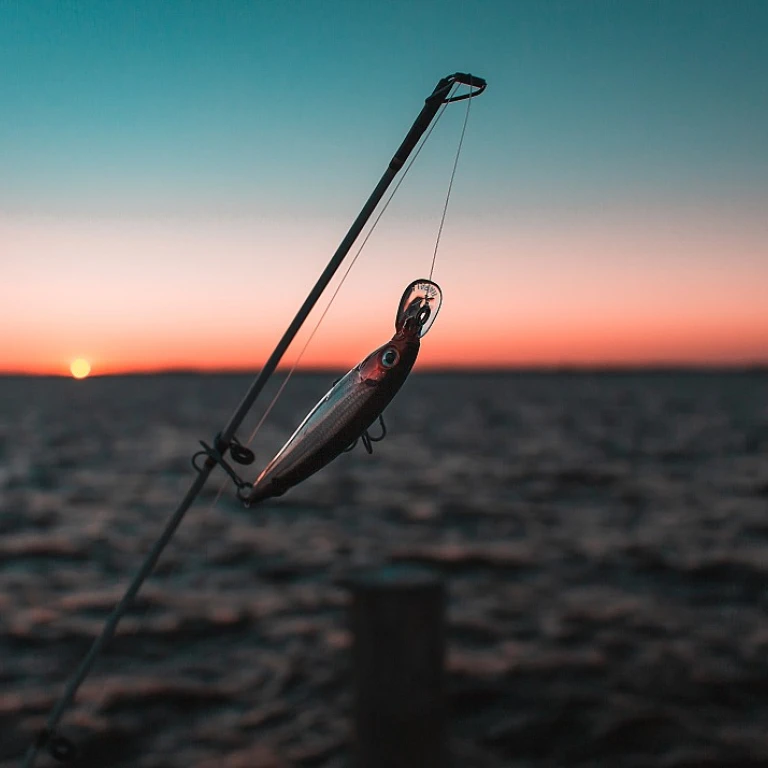
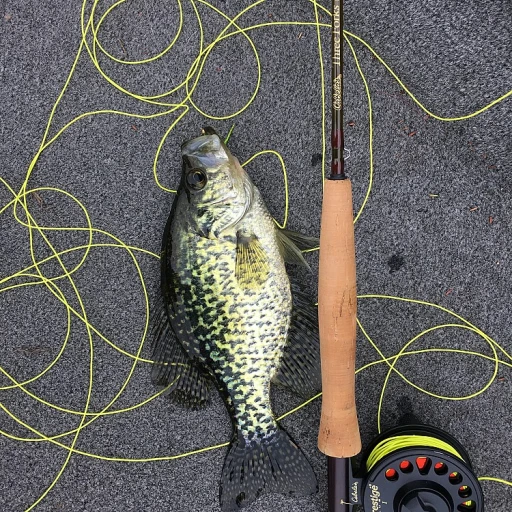
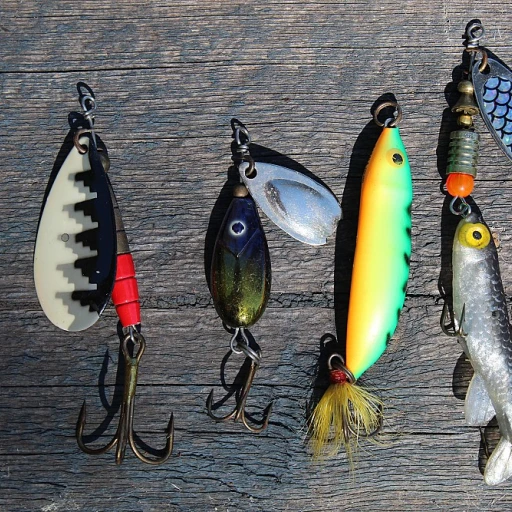
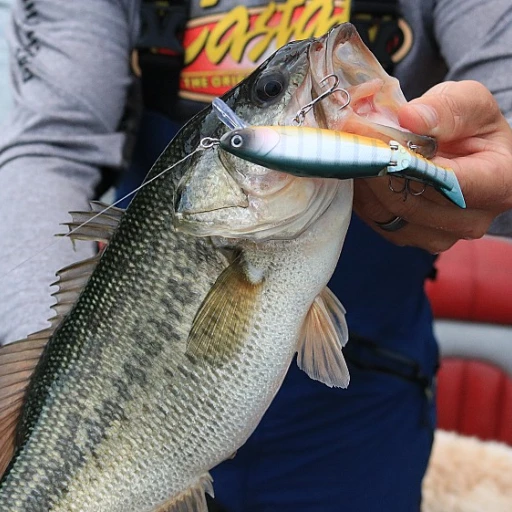
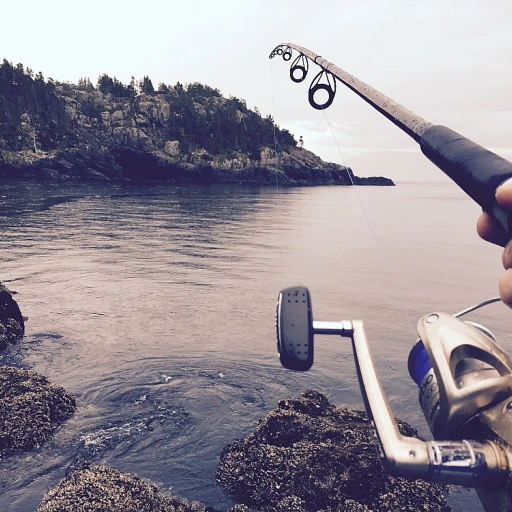
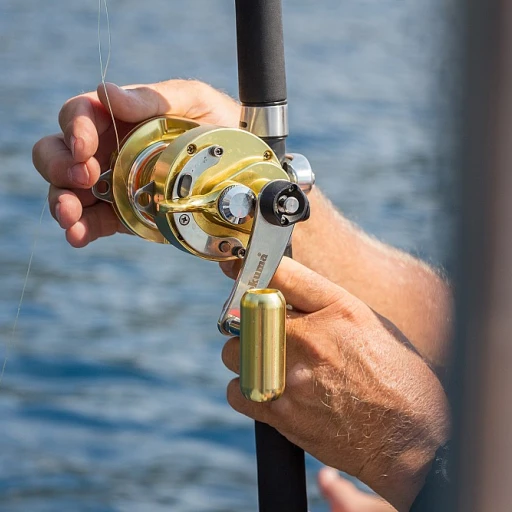
-large-teaser.webp)

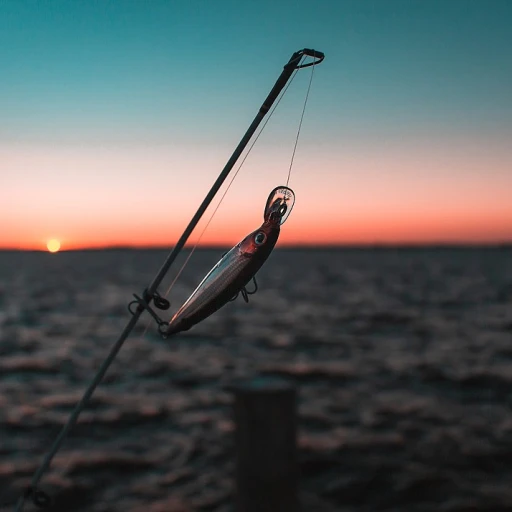
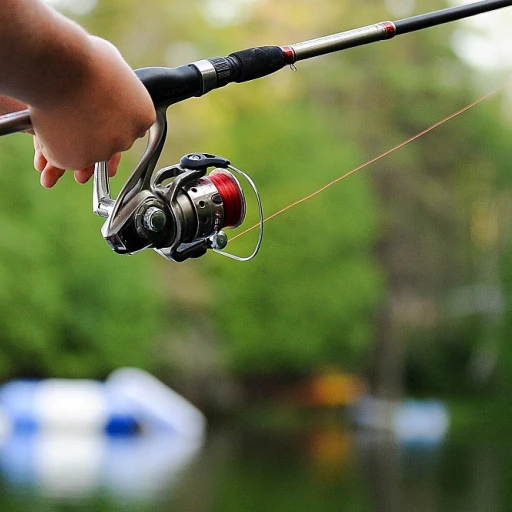
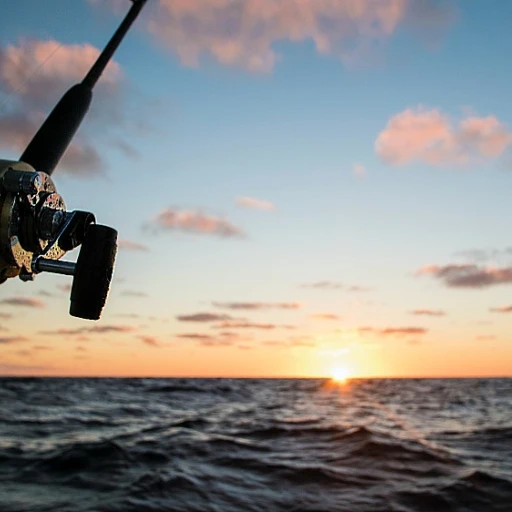

-large-teaser.webp)